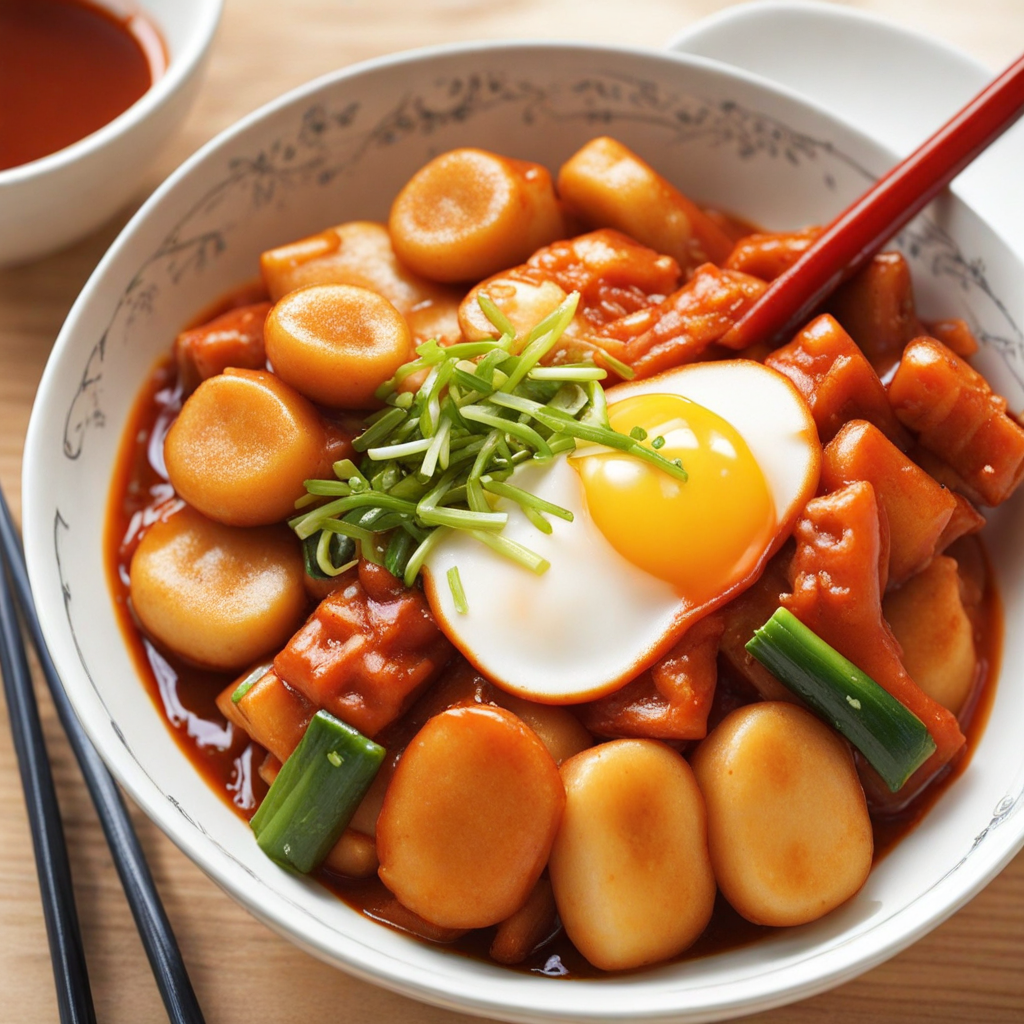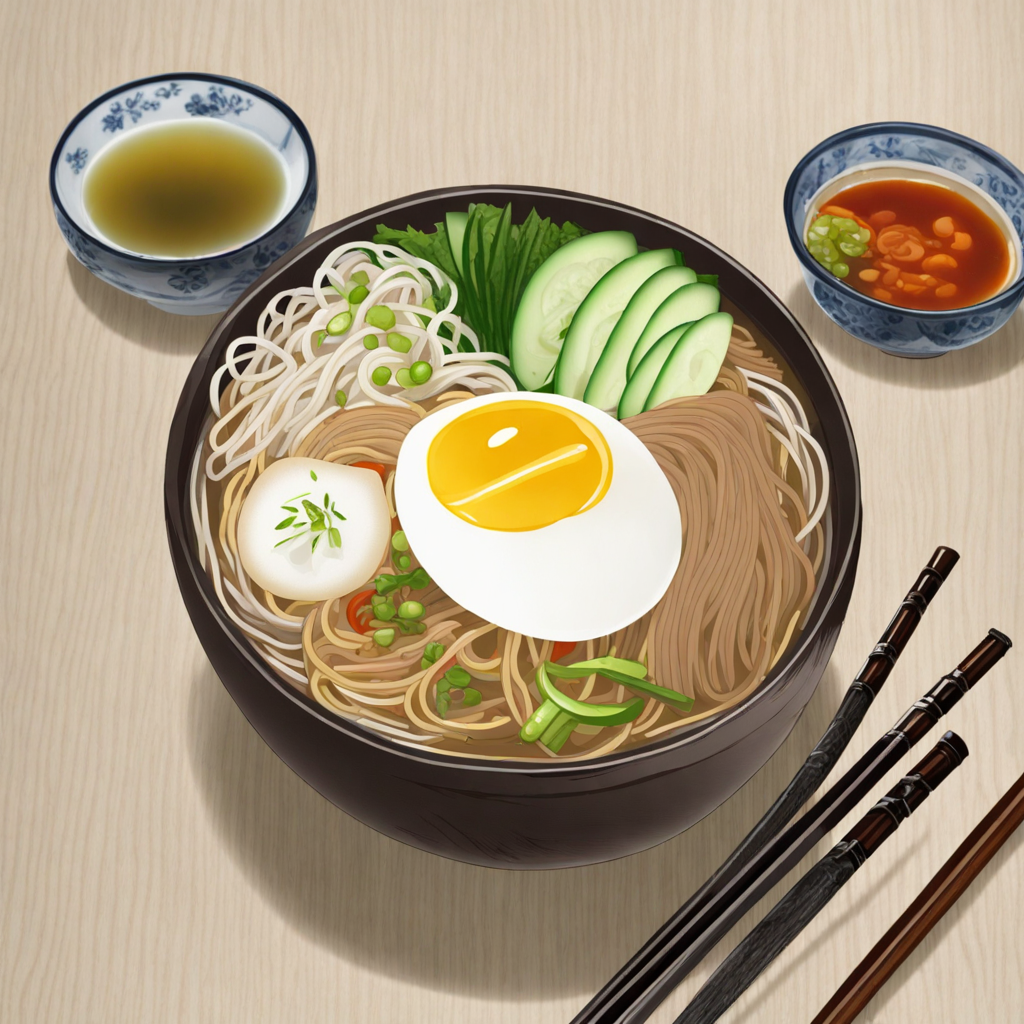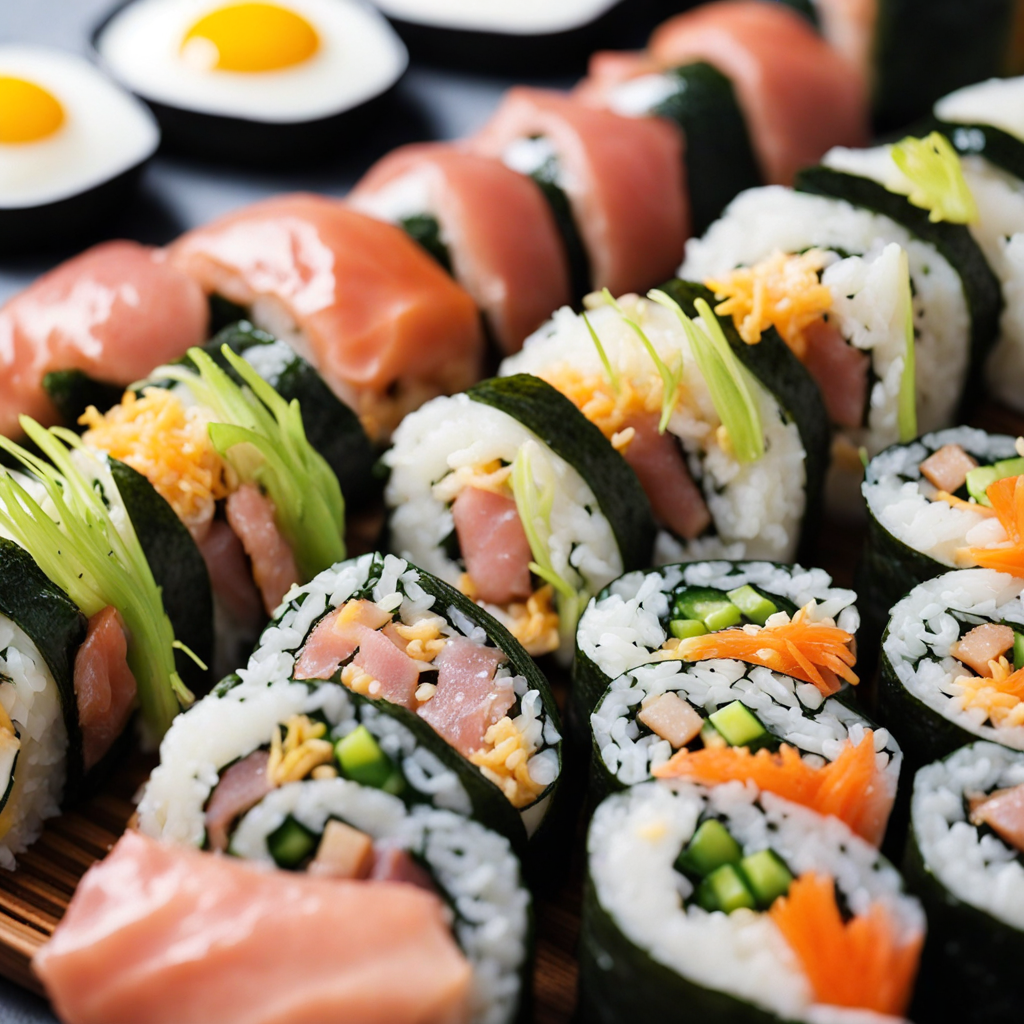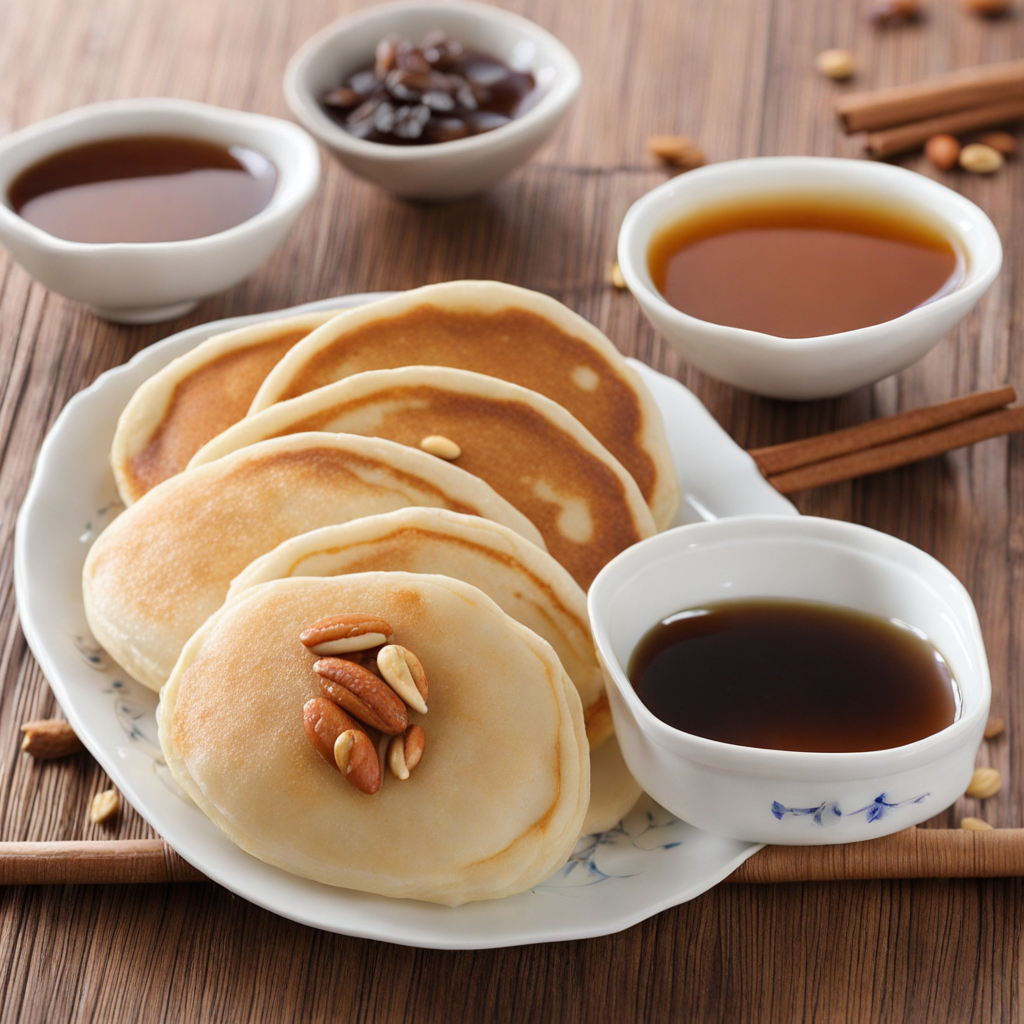Chapssal Donuts
Chapssal Donuts are a delightful treat from South Korea that beautifully combine traditional flavors with a modern twist. Made from glutinous rice flour, these donuts have a unique chewy texture that sets them apart from your typical fried donuts. The dough is often enriched with sweet fillings such as red bean paste, custard, or even seasonal fruits, offering a burst of flavor in every bite. The outer layer is typically coated in a light and crispy dusting of powdered sugar or sesame seeds, which adds a satisfying crunch and enhances the overall taste experience. One of the most appealing aspects of Chapssal Donuts is their versatility. They can be enjoyed as a sweet snack or dessert, and they pair perfectly with a cup of tea or coffee. The comforting chewiness of the rice flour base contrasts beautifully with the soft, sweet fillings, making each bite a delightful surprise. Some variations might also include toppings like chocolate or matcha glaze, allowing for an exciting play on flavors that cater to different palates. These donuts are not just a culinary delight; they also reflect the rich cultural heritage of South Korea. Often enjoyed during festivals or family gatherings, Chapssal Donuts embody the spirit of togetherness and celebration. When you indulge in these treats, you're not only savoring a unique taste, but you're also partaking in a tradition that resonates with warmth and joy. Whether you're a seasoned foodie or a curious first-timer, Chapssal Donuts promise a memorable gastronomic adventure that invites you to explore the delightful world of Korean sweets.
How It Became This Dish
Origin of 찹쌀 도넛 찹쌀 도넛, or "chapsal donut," is a unique variation of the classic donut that has its roots in South Korea. The name "찹쌀" refers to glutinous rice, which is the primary ingredient that distinguishes it from traditional wheat flour donuts. The origins of this delectable treat can be traced back to the fusion of local Korean culinary traditions with the influence of Western desserts brought to Korea in the early 20th century. During the Japanese occupation (1910-1945), various Western foods were introduced to Korean cuisine. Among these were donuts, which gained popularity in urban areas. However, rather than adopting the traditional donut made from wheat flour, Korean bakers began experimenting with glutinous rice flour, a staple in Korean cooking. This adaptation not only catered to local tastes but also made use of readily available ingredients in Korea, giving rise to the 찹쌀 도넛 as we know it today. \n Cultural Significance 찹쌀 도넛 holds a special place in South Korean culture, particularly as a street food staple. It is commonly found in markets and food stalls, appealing to both locals and tourists looking for a taste of authentic Korean snacks. The chewy texture and subtly sweet flavor of the donuts resonate with Koreans’ love for rice-based foods, making them a comfort food reminiscent of childhood for many. Moreover, 찹쌀 도넛 is often enjoyed during festive occasions and celebrations. It is not uncommon to see these delicious treats at birthday parties, family gatherings, and even traditional holidays. The donut's round shape symbolizes completeness and good fortune, making it an auspicious offering during significant events. This cultural significance is further enhanced by the common practice of sharing food, where friends and family come together to enjoy these treats, reinforcing communal bonds. \n Development Over Time As South Korea evolved in the late 20th and early 21st centuries, so did the 찹쌀 도넛. Its popularity surged with the rise of a vibrant street food scene and the growing influence of food culture through media. The advent of social media platforms allowed food enthusiasts to share their experiences and discoveries, which propelled the visibility of this unique donut. Innovative variations began to emerge, with many vendors experimenting with flavors, fillings, and toppings. Traditional flavors like red bean and sweet potato were joined by contemporary twists such as chocolate, matcha, and even cheese. This diversification mirrored the global trend of fusion cuisine, where ingredients and cooking methods from different cultures are blended to create something new and exciting. \n Modern-Day Popularity Today, 찹쌀 도넛 continues to thrive and adapt to the tastes of a modern audience. Although it remains a beloved street food, many artisanal bakeries and cafes have started to incorporate these donuts into their menus, showcasing them as gourmet items. The aesthetic appeal of the donuts, often decorated with colorful glazes and toppings, has made them Instagram-worthy, further fueling their popularity among younger generations. Additionally, the rise of health-conscious eating has led to the introduction of variations made with organic or less refined sugars, as well as gluten-free options. This adaptation reflects a broader trend in the food industry, where traditional recipes are modified to meet contemporary dietary preferences while still retaining their cultural essence. \n Global Influence As South Korean cuisine has gained international recognition, 찹쌀 도넛 has begun to make its mark beyond Korea’s borders. Food festivals, Korean restaurants, and Asian supermarkets in various countries have started to feature these donuts, introducing them to a global audience. This expansion has also sparked interest in Korean culinary traditions, encouraging food lovers to explore more about the culture from which these delightful treats originate. In cities with vibrant Korean communities, such as Los Angeles, New York, and Toronto, 찹쌀 도넛 has been embraced and even adapted to local tastes. Some food entrepreneurs have taken the concept of the traditional Korean donut and merged it with local ingredients or cooking styles, creating a fusion that celebrates both cultures. This blending of culinary practices showcases the versatility of 찹쌀 도넛 and its ability to resonate with diverse audiences. \n Conclusion The journey of 찹쌀 도넛 from its origins in early 20th century Korea to its current status as a beloved and adaptable treat reflects the dynamic nature of food and culture. It serves as a testament to how culinary traditions can evolve while remaining rooted in their cultural significance. As it continues to gain popularity both in Korea and around the world, 찹쌀 도넛 stands as a delicious symbol of the fusion of history, culture, and modern innovation in the culinary landscape.
You may like
Discover local flavors from South Korea







